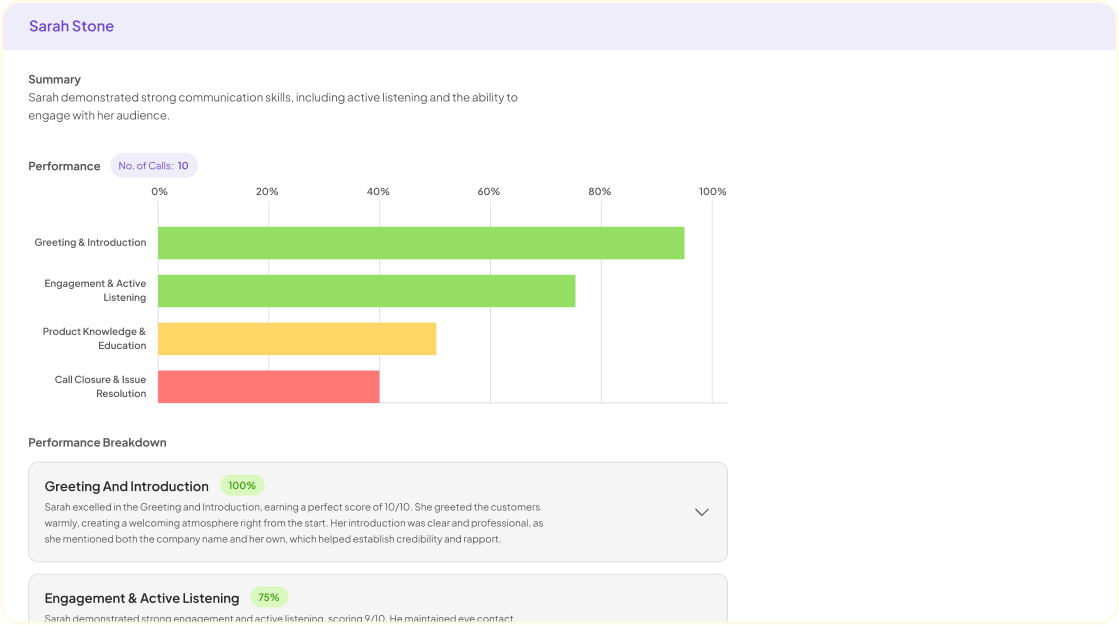Transcription Services offer a vital solution for converting spoken words into written text—a process integral to businesses and professionals today. By employing innovative technologies, these services transform audio recordings from meetings, interviews, and discussions into text format. The resulting documents are readily used for analysis, sharing insights, and informing key decision-making. With a clear emphasis on accuracy and detail, Transcription Services enable users to review, reflect, and strategize based on verbatim records of their verbal exchanges, thereby optimizing business operations and enhancing communication.
Methods to Convert Meeting Recording to Text
Converting meeting recordings to text has become a pivotal task for businesses looking to preserve and analyze the content of their discussions. One straightforward method is utilizing transcription services, which offer an array of options to suit different needs. These services range from manual transcription by professionals to automated software that applies speech recognition technology. Automated tools tend to provide faster results and are more scalable for larger volumes of audio, while manual transcription may offer higher accuracy, especially for recordings with poor audio quality or multiple speakers.
For those looking for tools to transcribe their meetings, several reputable options are available:
- Automated transcription software such as Otter.ai or insight7.io provides swift conversion of audio to text using advanced AI technology.
- Manual transcription services are also an option for those requiring higher accuracy, where trained transcribers meticulously convert speech to text.
- Speech-to-text features integrated within video conferencing platforms like Zoom or Google Meet can also offer basic transcription for recordings made within those services.
- Finally, dictation tools native to smartphones or computers, such as Apples Dictation or Windows Speech Recognition, can be useful for converting live speech or pre-recorded audio files into written text.
Choosing the right method depends on factors such as the importance of accuracy, the need for specialized vocabulary recognition, turnaround time, and budget constraints. Each method bears its own advantages, and the decision should align with the specific demands of the task at hand.
Manual Transcription: Benefits and How-to
Manual transcription entails a person listening to a recording and typing out the content word for word, a method that ensures a high level of accuracy and the preservation of nuance. The benefits of this approach include precision in capturing the speakers tone and subtleties, as well as the ability to understand and transcribe industry-specific terminology, which automated tools might miss.
To manually transcribe meeting recordings, follow these simple steps:
- Listen carefully to the recording, pausing and rewinding as necessary.
- Type the speech verbatim using a word processor or a specialized transcription tool, such as insight7.io, which offers the capacity for detailed analysis.
- Review the transcript for accuracy, checking against the recording to ensure no errors have been made.
- Edit the transcript for readability while retaining the original meaning and context.
A robust transcription service can greatly streamline this process, utilizing proprietary technology to organize and synthesize the textual data, drawing out key insights and summarizing information efficiently. Additionally, services like these often have the capability to identify speakers and analyze transcripts, extracting points of interest directly from the conversation, which can prove invaluable for businesses looking to glean actionable insights from their meeting recordings.
Automated Transcription Services: An Overview
Advancements in AI and machine learning have revolutionized the way professionals convert audio recordings into text. Automated transcription services are now indispensable tools for businesses that wish to transcribe meeting recordings efficiently. These services offer rapid voice-to-text conversions, allowing for the easy extraction of insights, pain points, and actionable data from conversations.
Using automated transcription services, individuals no longer need to painstakingly transcribe spoken words manually. By uploading audio files to platforms like insight7.io, users can obtain accurate and structured transcripts. The technology not only identifies different speakers but can also highlight specific themes such as customer desires, behaviors, and feedback within the transcription. This not only saves time but also enriches the quality of data analysis.
For instance, an AI-powered service may capture a key phrase indicating a customers pain point, enabling the business to swiftly address customer concerns. Moreover, features such as summary overviews and query-based searches across these transcriptions provide comprehensive and focused access to crucial information, thereby streamlining the review process. The ease of integrating these services with various project management tools also helps in centralizing insights and fostering collaboration across teams.
Different providers utilize various algorithms, learning models, and cloud-based infrastructures, including OpenAI and AWS, to ensure a high level of efficiency and security. Thus, choosing the right transcription service depends on specific project needs, data privacy requirements, and the desired level of precision.
Choosing the Best Transcription Services for Meetings
When selecting transcription services for meetings, its crucial to consider accuracy, integration capabilities, and analytical features. Opt for services that can handle various recording platforms, such as Zoom or Google Meet, ensuring seamless data input. The ideal service should not only convert speech to text accurately but also provide analytical tools to extract meaningful insights from the transcripts, such as identifying key themes or customer pain points.
Effective transcription services should streamline collaboration, allowing for easy data access and management. This minimizes inconsistencies and biases that can arise from manual coding. Look for user-friendly interfaces that allow bulk uploads and organize data efficiently, enhancing team productivity. Ultimately, the chosen service should enrich your workflow by quickly delivering reliable, insightful text conversions that propel decision-making.
Evaluating Transcription Service Providers
When selecting transcription services for your meetings, various factors must be carefully weighed to ensure you get the best value and accuracy. Firstly, consider the precision of the transcription—does the service provider offer high-quality, error-free results? Turnaround time is also vital; efficient services can quickly convert your meeting recordings to text without sacrificing quality.
Additionally, ease of use is paramount. Look for a provider with a straightforward system for uploading recordings and retrieving transcriptions. For example, insight7.io offers a user-friendly platform with the added benefit of extracting key insights from your meetings. Lastly, examine whether the service incorporates AI technology for more refined outputs. By employing AI, providers can not only transcribe but also analyze the content for patterns and recurring themes, significantly benefitting your business.
Security and privacy should never be overlooked. Ensure that the transcription service is compliant with data protection regulations and keeps your information secure. Support and customer service responsiveness are indicators of a reliable provider; youll want a team ready to assist should any issues arise. By using these criteria to evaluate potential transcription services, you can choose a provider that aligns with your businesss needs and facilitates the seamless integration of text-based meeting records into your workflows.
Overcoming Common Transcription Challenges
When converting meeting recordings to text, transcription services play a crucial role; however, they may present challenges such as distinguishing speakers, dealing with various accents, and ensuring the accuracy of the transcript. Overcoming these hurdles ensures that the derived insights from transcripts are precise and actionable.
To address common transcription obstacles effectively, consider these key strategies:
Use software with advanced speaker identification: Choose a transcription service that can accurately identify and differentiate between speakers, which is vital for attributing insights correctly.
Opt for services with multi-accent recognition: Meetings often involve participants from diverse backgrounds with different accents. Transcription software with strong multi-accent recognition capabilities will ensure fewer errors.
Ensure high accuracy levels: Select services known for high transcription accuracy to reduce time spent on corrections. High fidelity in transcription is critical for the quality of insights extracted.
Select customizable services: The ability to tailor the transcription service to recognize specific terms relevant to your business can vastly improve the usefulness of the converted text.
By considering these factors, you can choose transcription services that will not just transcribe verbatim but will also deliver contextual and valuable text for business insights. This, in turn, helps in making informed decisions based on the wealth of information in your meeting recordings.
Conclusion on Transcription Services
In concluding, transcription services play an essential role in converting meeting recordings to text, thereby unlocking the potential for in-depth analysis. Such services simplify the process of identifying key insights such as pain points, desires, and behaviors from dialogue. The ability to configure and extract specific data points, like customer compliments, further enhances the utility of transcription in capturing the nuances of conversation for businesses looking to understand their clients better. By offering a structured, accessible format for review, transcription services not only save time but also provide valuable context that can drive strategic decisions and improvements.


